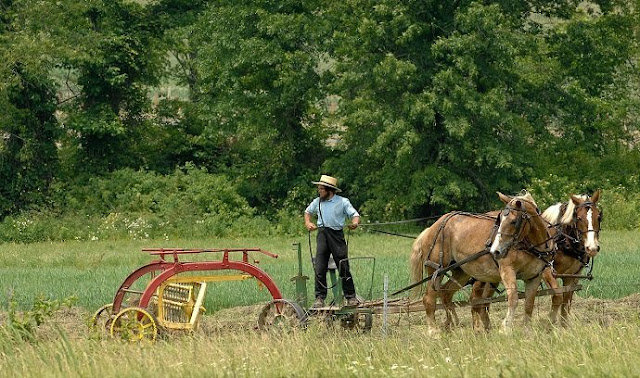Traditional Farming System
Traditional farming systems refer to agricultural practices that have been used for centuries in different societies worldwide before the advent of modern farming techniques and technologies. These systems typically include a combination of practices such as crop rotation, intercropping, using organic fertilizers (such as manure), and reliance on natural ecological processes for pest control.
 |
| Traditional Farming System |
Traditional agricultural systems have many advantages in terms of sustainability and resilience, they often face challenges such as low productivity compared to modern industrial agriculture, vulnerability to climate change, and limited access to markets and technologies. Balancing traditional knowledge with modern innovation is at the heart of funding.
Key Aspect of Traditional Farming System
- Crop diversity
- Integration of animals
- Use of organic inputs
- Crop rotation and intercropping
- Water management
- Community and local knowledge
- Sustainability
Integration of animals: Livestock such as cows, goats, and chickens are often integrated into traditional farming systems. They provide draft power, manure to fertilize the fields, and sometimes additional income through products such as milk and wool.
Use of organic inputs: Traditional farmers rely on natural fertilizers such as compost and animal manure instead of synthetic chemicals. This promotes soil fertility and reduces environmental impact.
 |
| Traditional farming with horse |
Water management: Traditional farmers often adopt techniques such as rainwater harvesting, terraced agriculture, and irrigation systems such as canals or simple drip irrigation to effectively manage water.
Community and local knowledge: Traditional agriculture is often embedded in local communities and cultures, and knowledge of agricultural practices is passed down through generations.
 |
| Traditional Farming With Tractor |
promoting sustainable agriculture in the future.